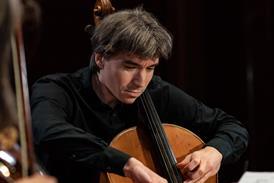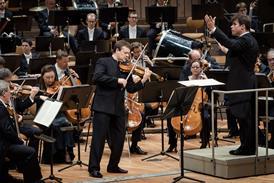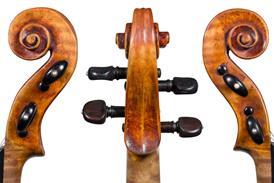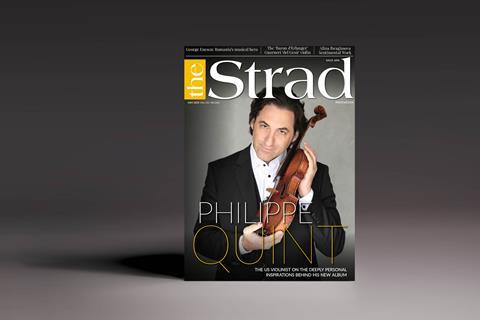Fine musicianship can’t quite overcome a flawed programme concept

The Strad Issue: April 2024
Description: Fine musicianship can’t quite overcome a flawed programme concept
Musicians: Laura van der Heijden (cello) Jâms Coleman (piano)
Works: Cello sonatas by Britten, Debussy and Walker; transcriptions of Boulanger, Britten, Fauré, Korngold, Simone and Takemitsu
Catalogue number: CHANDOS CHAN20274
The spectrum of composers listed above speaks for itself. Over the course of 80 minutes, van der Heijden and Coleman draw together an eclectic list of 20th-century melodists in order to ‘invoke the exploratory nature of humankind’s voyage to the moon’.
The concept is held together by connections as tenuous as Britten’s sonata being composed within two years of the Soviets crashing a spaceship into the moon. The song transcriptions would likely stand out more distinctively from each other in a recital context, whereas here they become soft tissue around the sonata-bones of the album.
Where the juxtaposition works best is a Michelangelo setting of Britten serving as the introduction to his sonata. In each case, both van der Heijden and Coleman are considerably more expansive than the composer and his partners, but they capture something quintessentially Britten-esque in the halted and muted progress of the sonata’s opening Dialogue, the gossipy hints dropped by the pizzicato Scherzo and the listless rumination of the Elegy.
Read: Life Lessons: Laura van der Heijden
Watch: Cellist Laura van der Heijden plays Walton in BBC Young Musician final 2012
Read: Session Report: Cellist Laura van der Heijden and Jâms Coleman on recording ‘Path to the Moon’
Debussy’s late Cello Sonata trades more subtly still in the language of things left unsaid, and van der Heijden teases out all manner of shadows and apparitions in the Scherzo with the closest co-operation of Coleman. That album’s main event, though, is a combative, big-boned sonata by George Walker. The piece recognisably inhabits the world of 1957 and van der Heijden rises to its considerable technical challenges, making the most persuasive case for its revival.
PETER QUANTRILL



































No comments yet